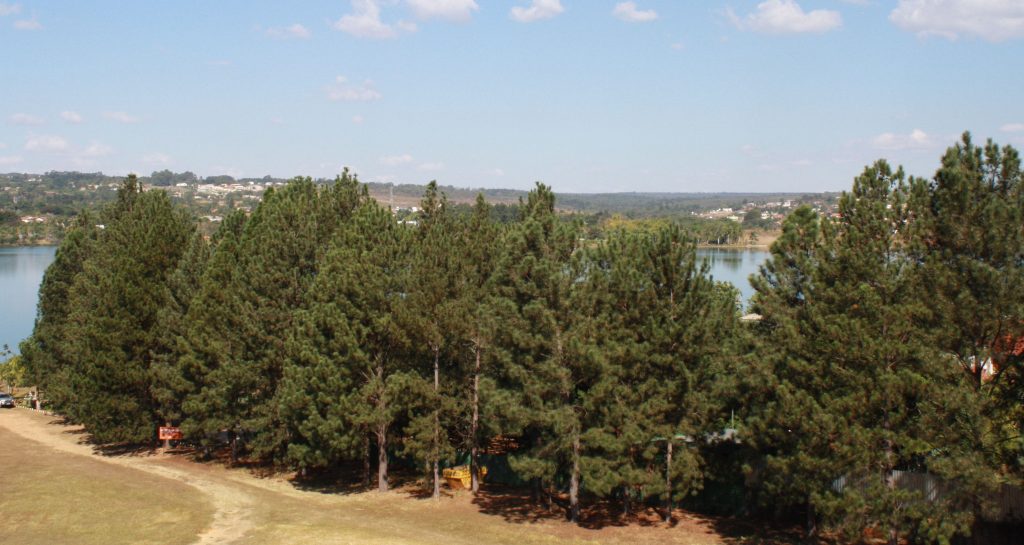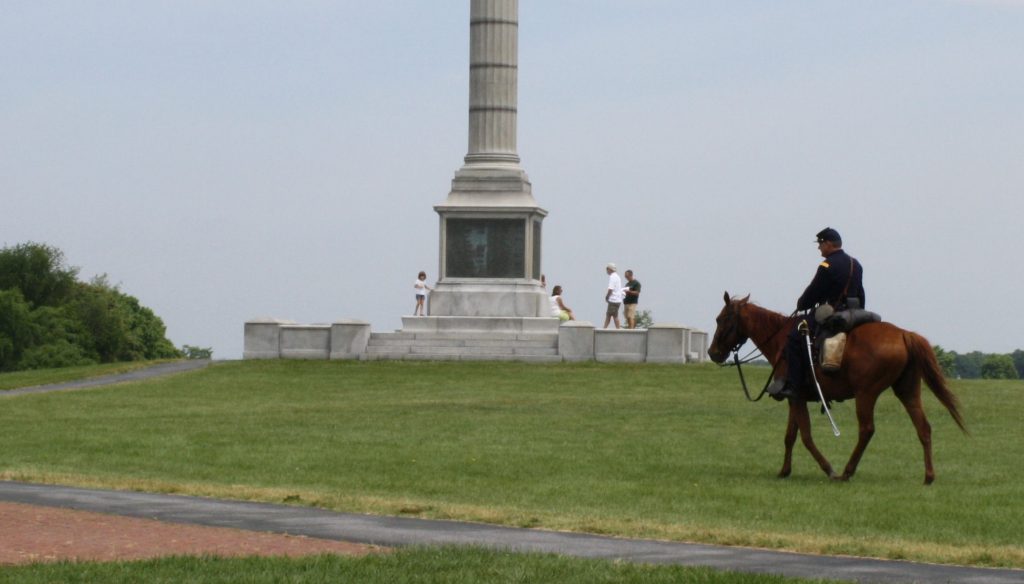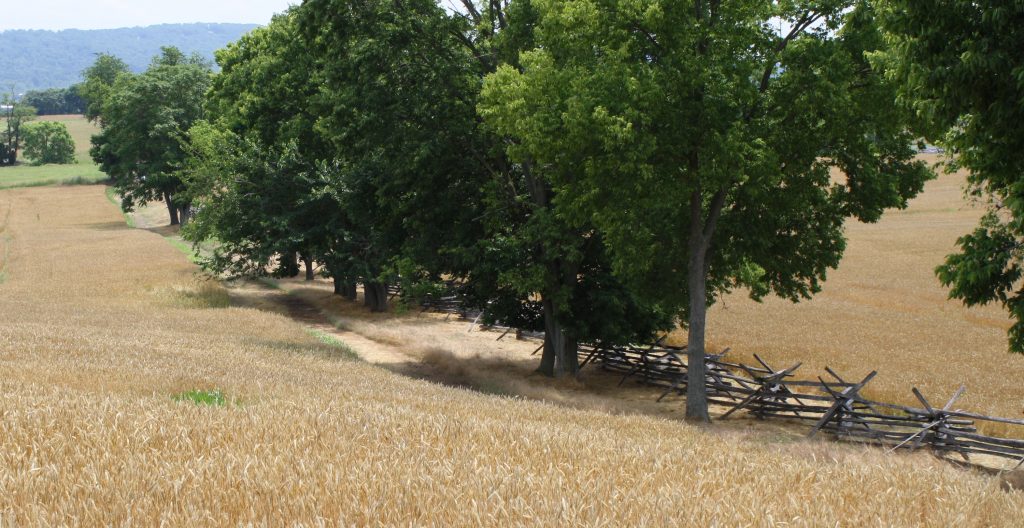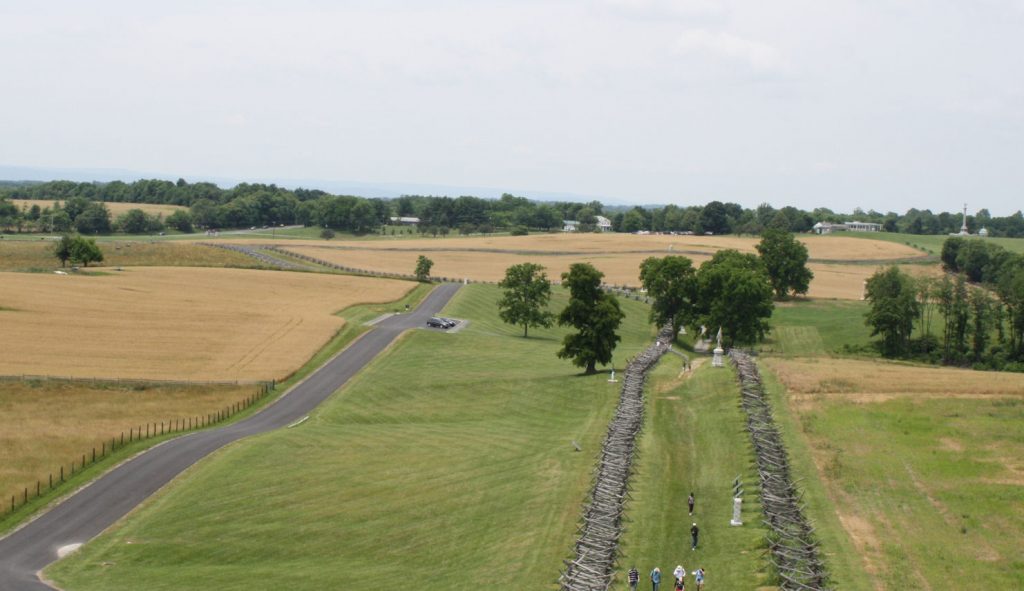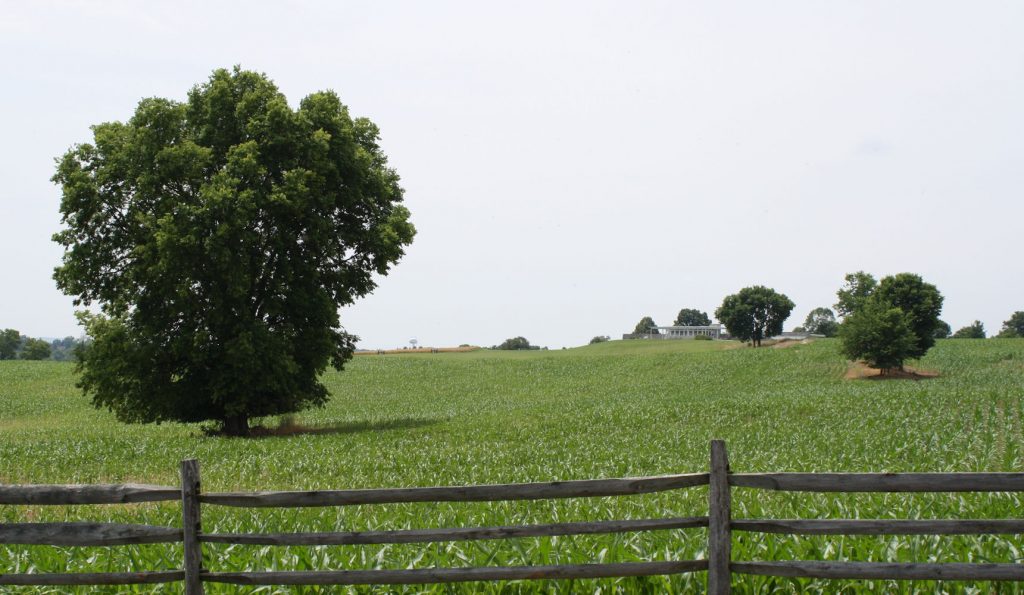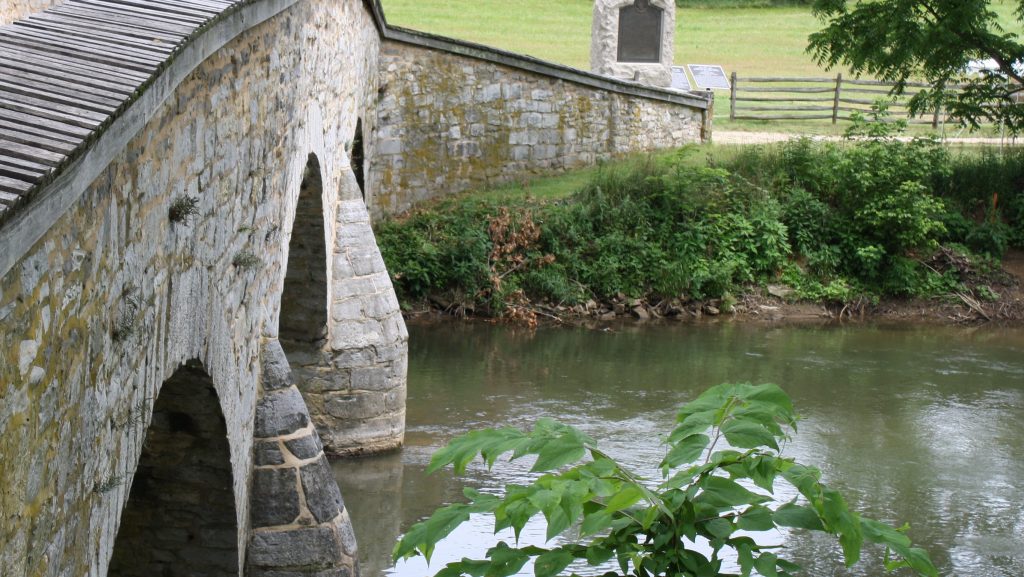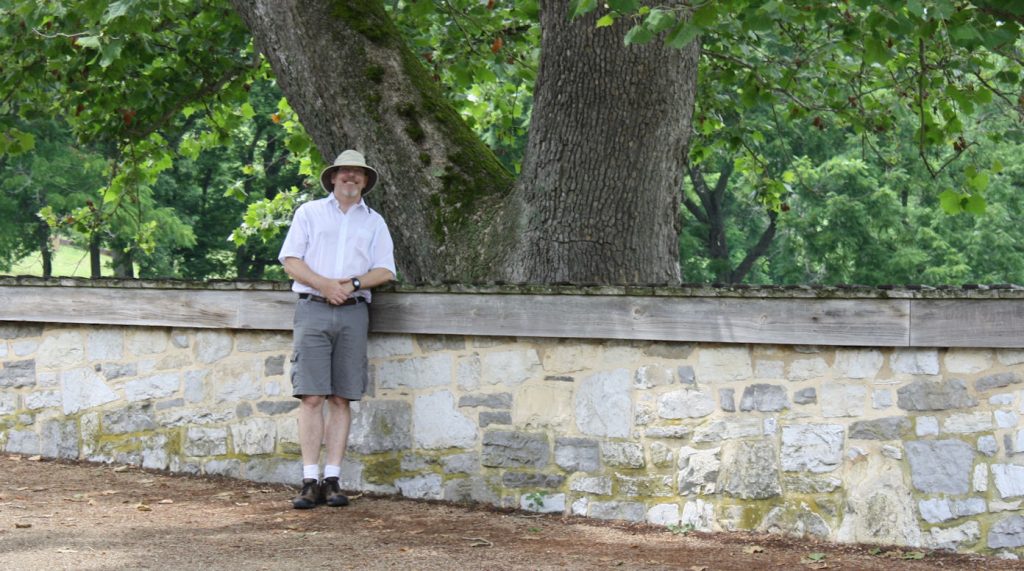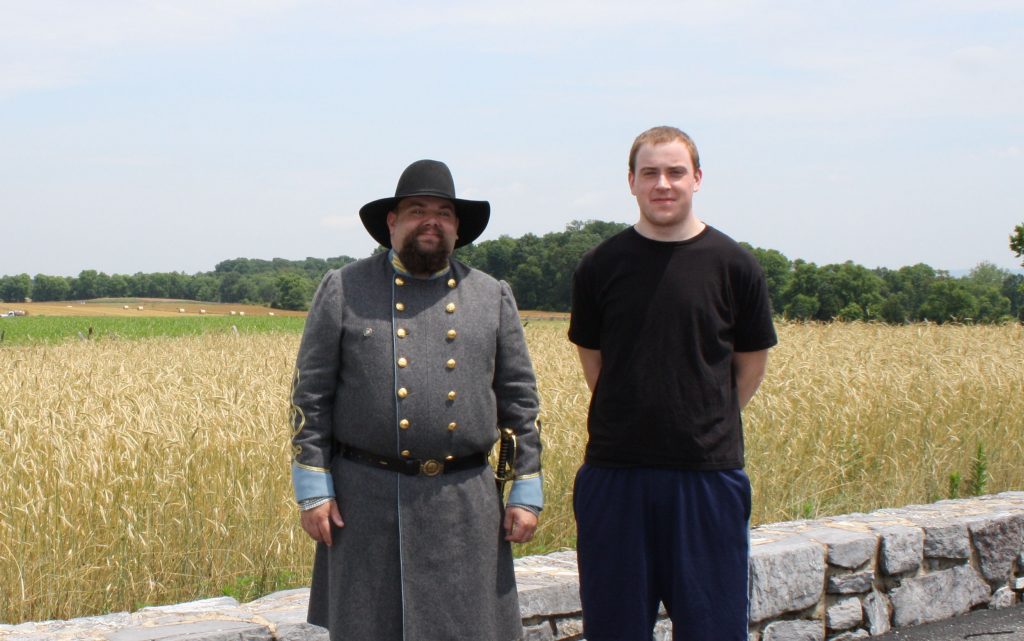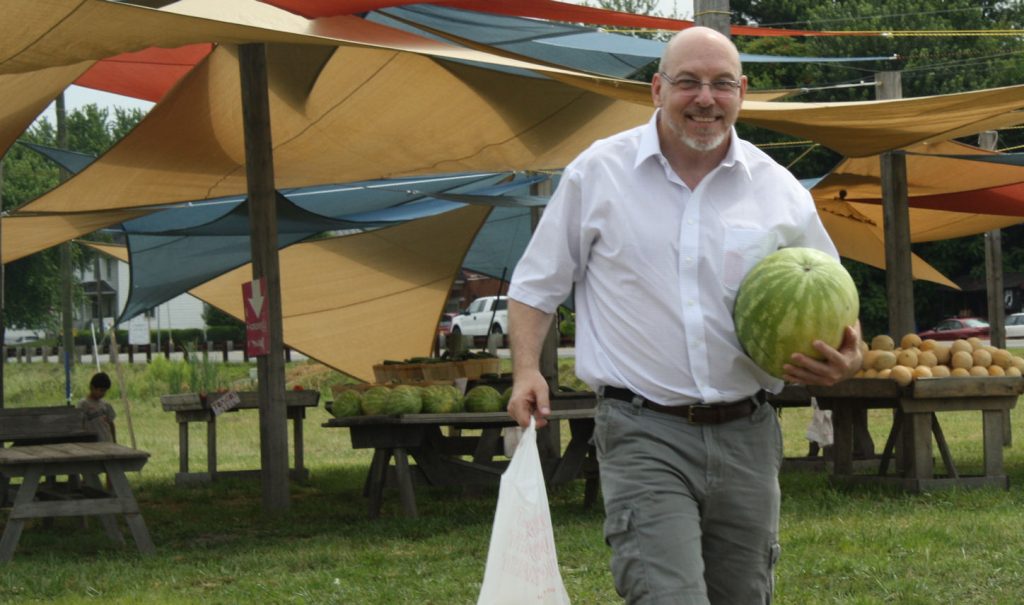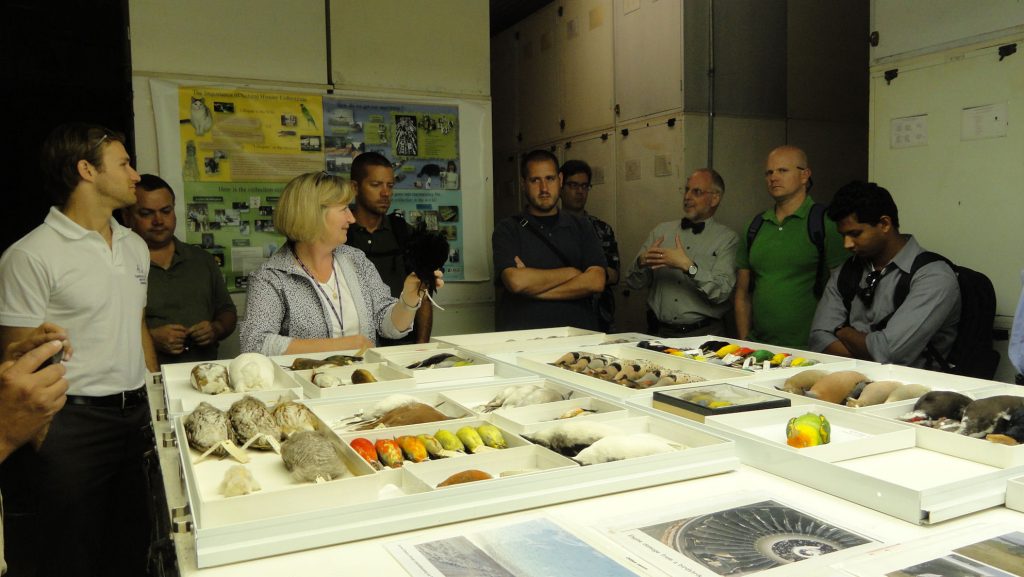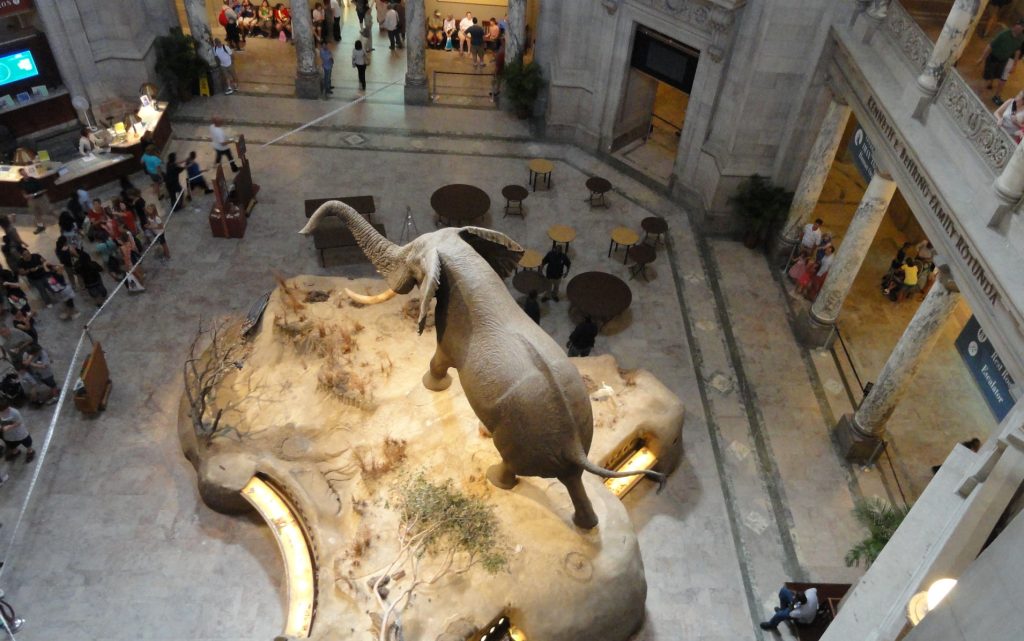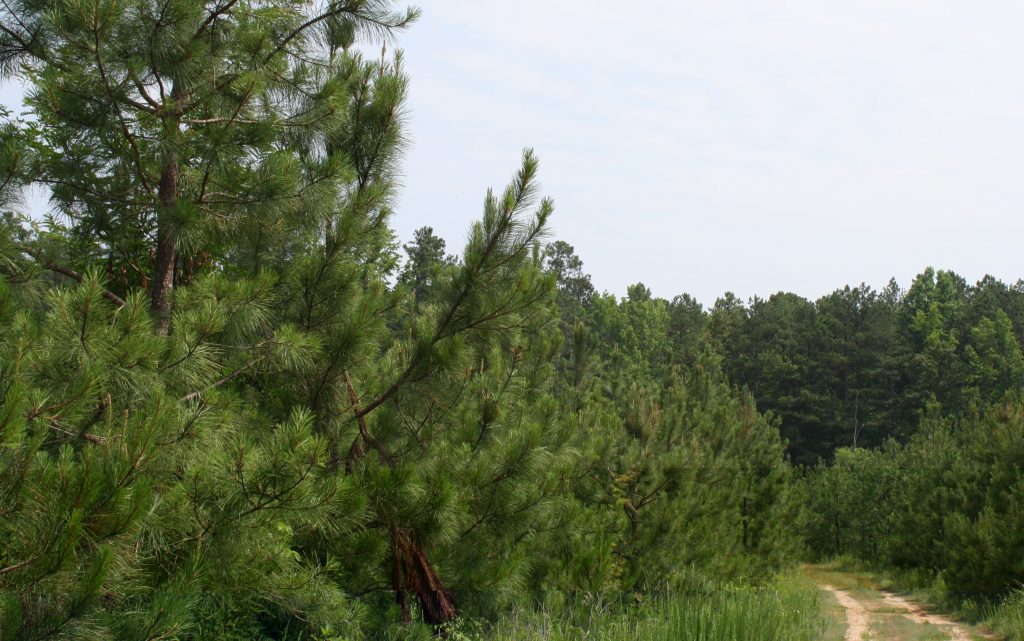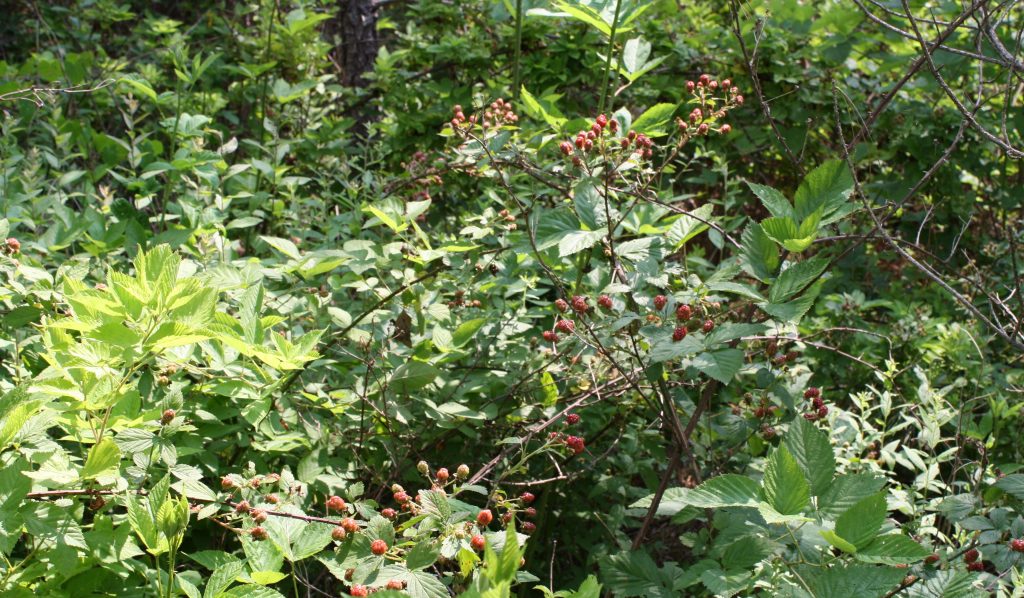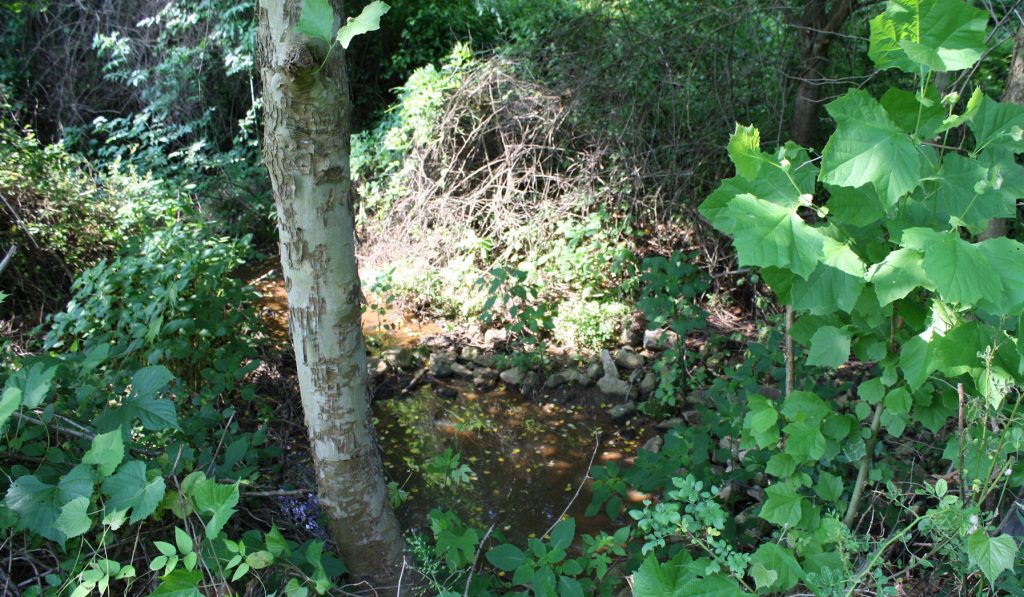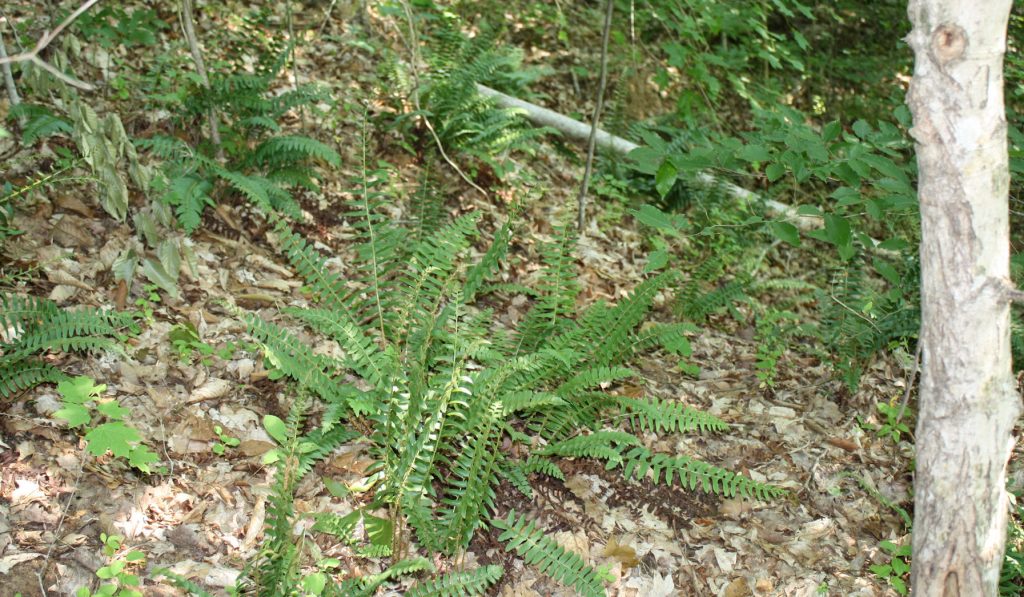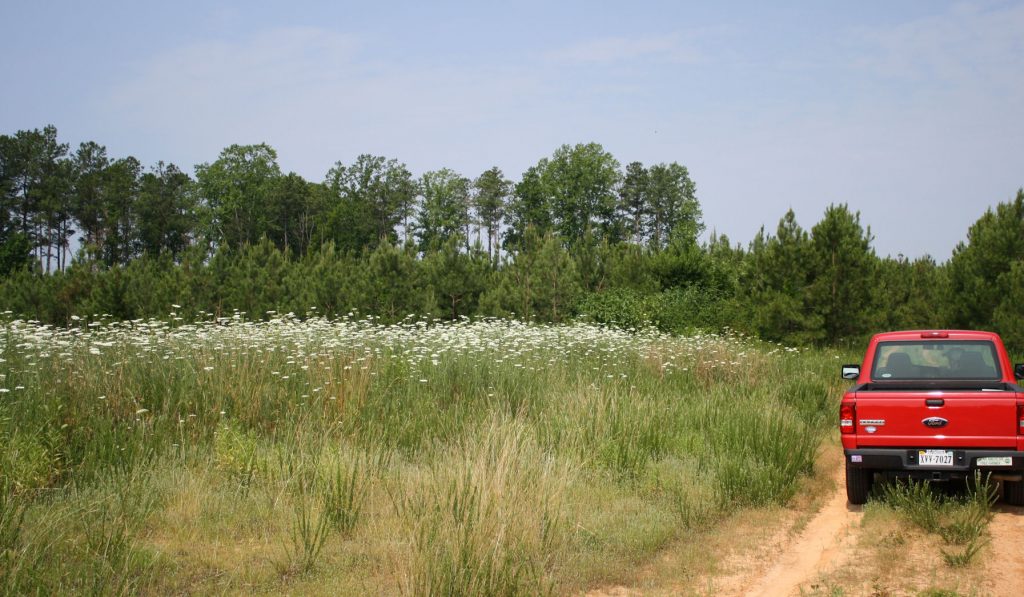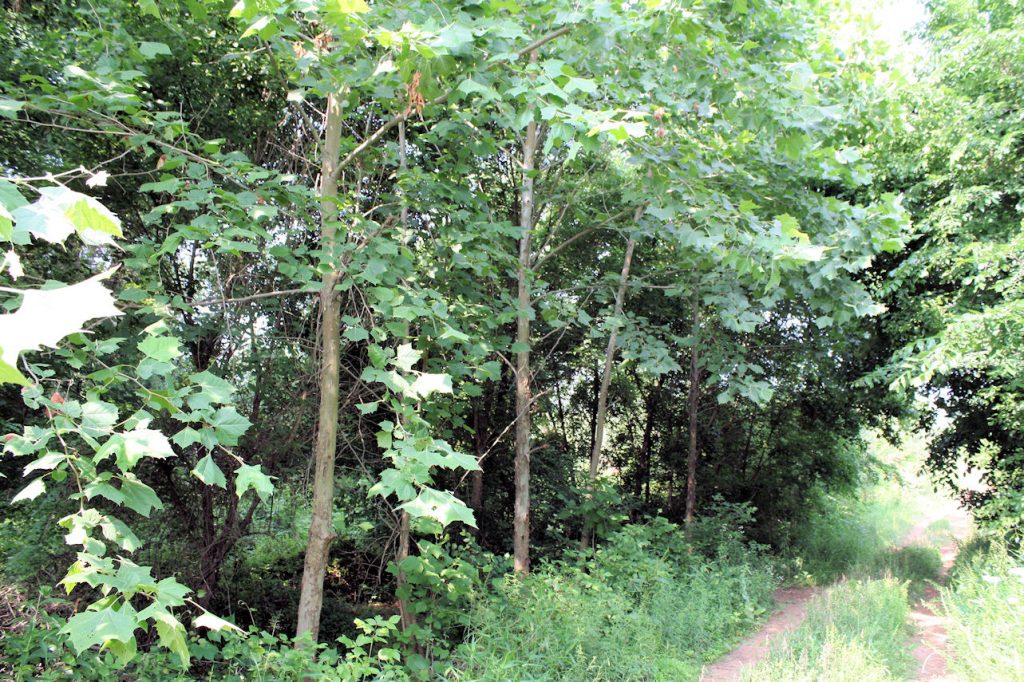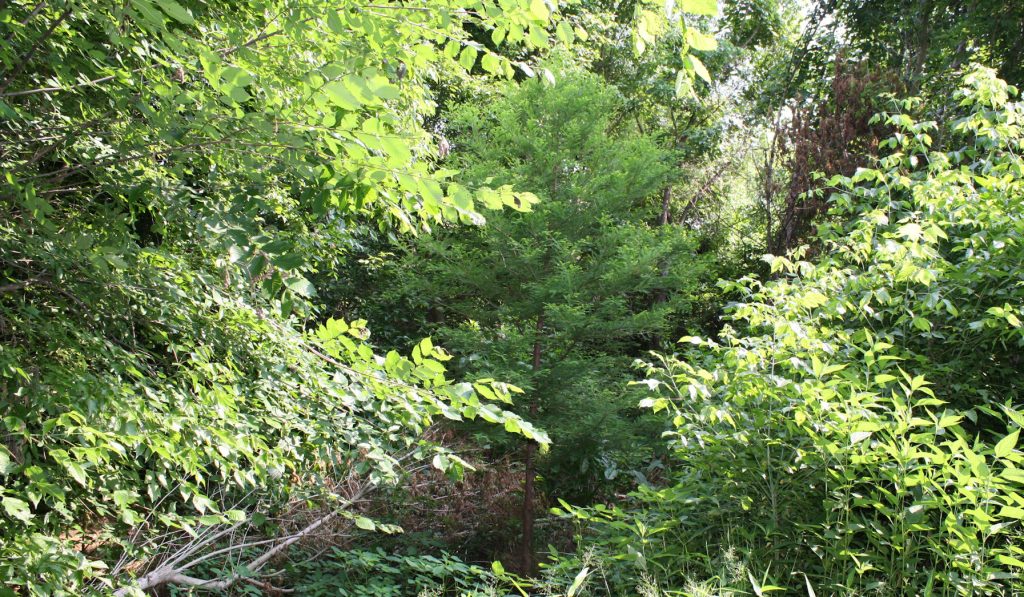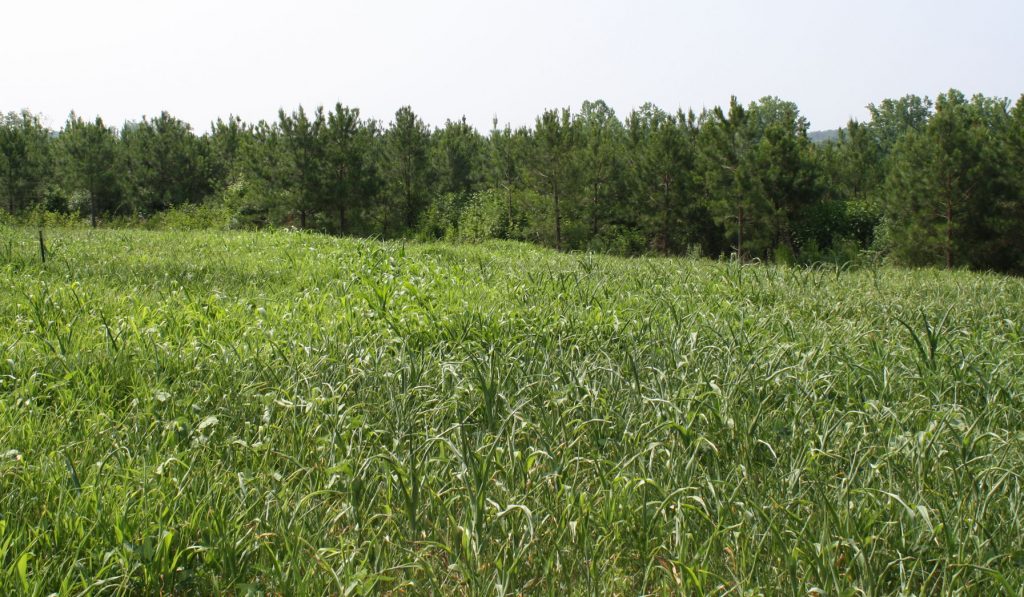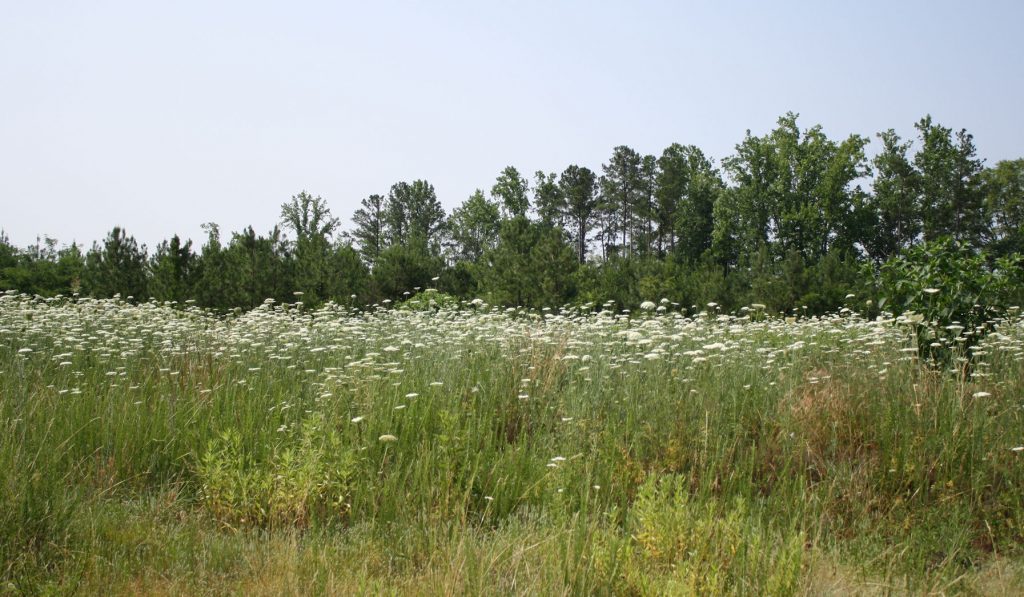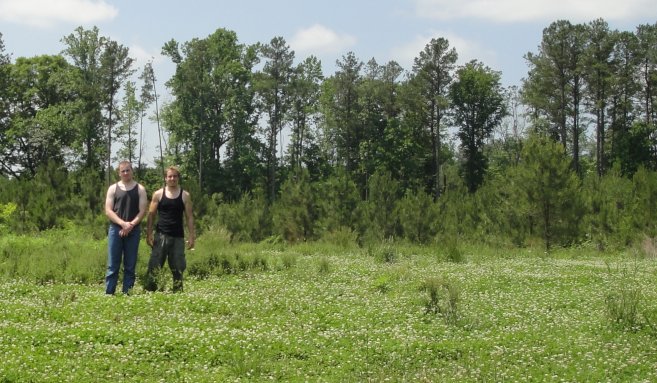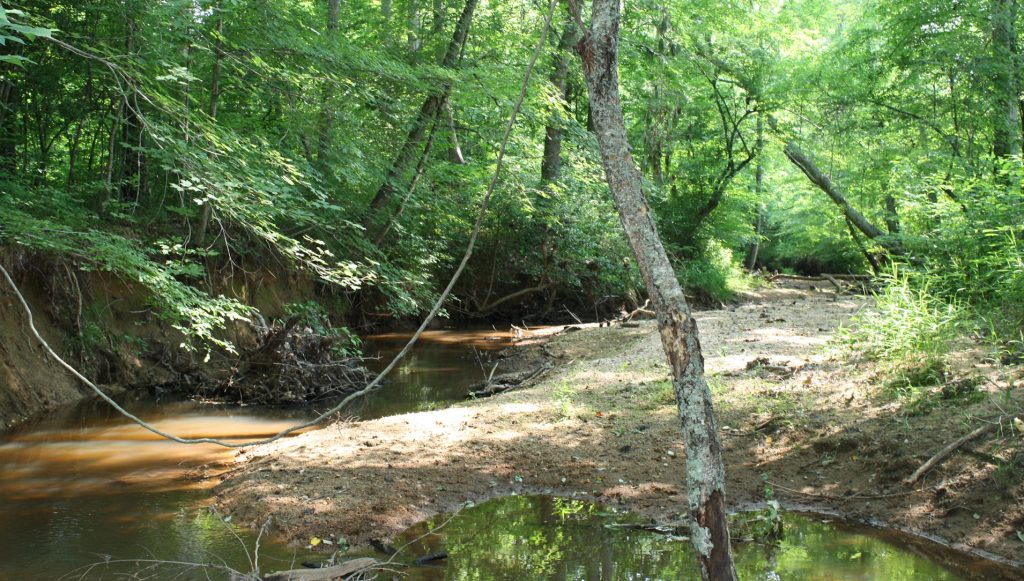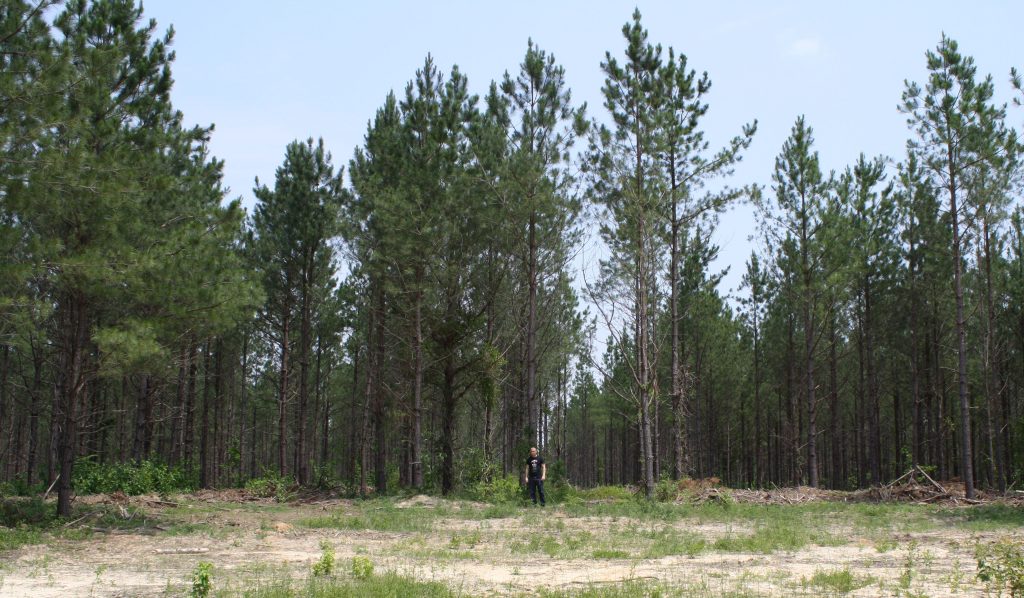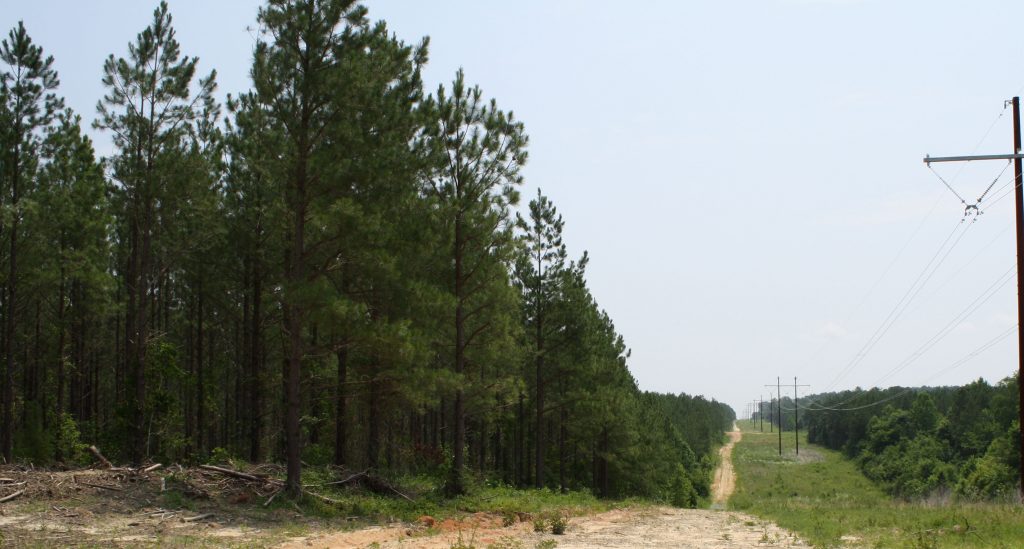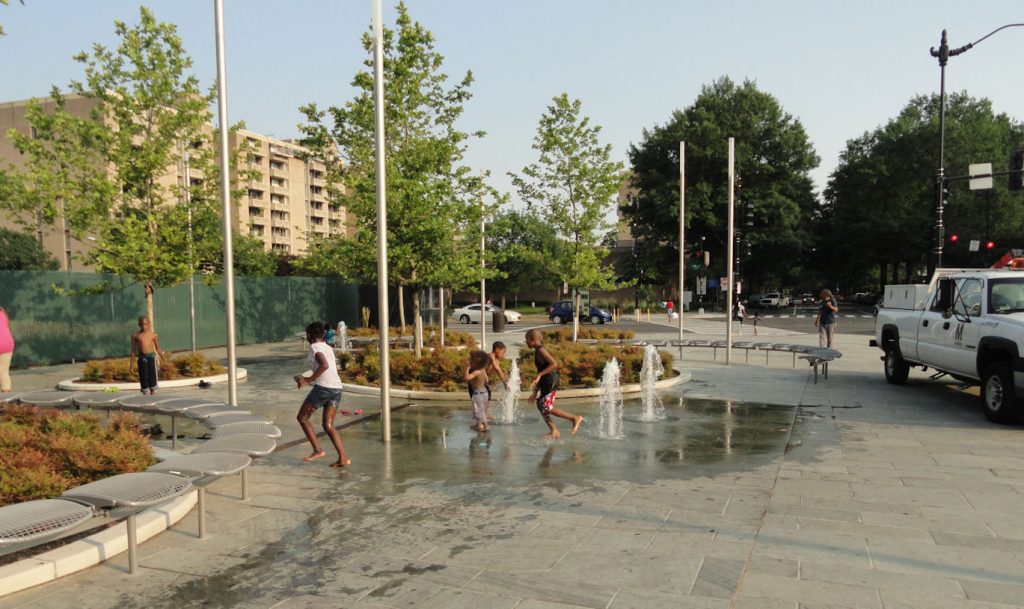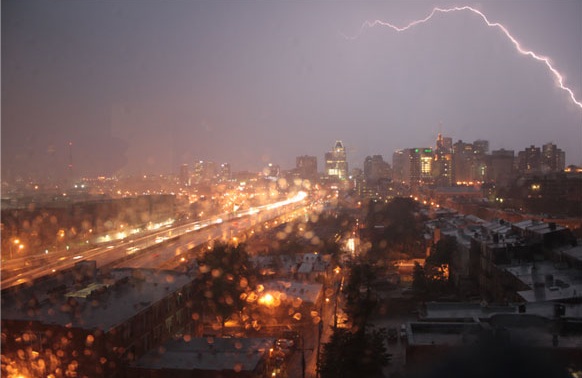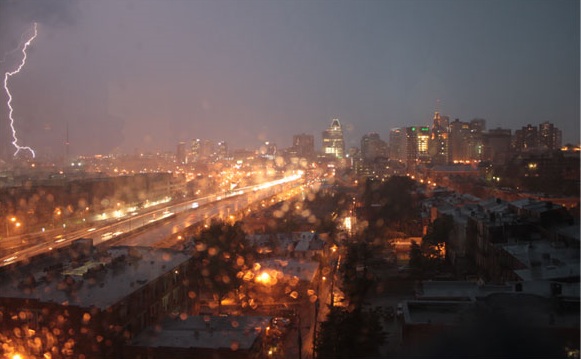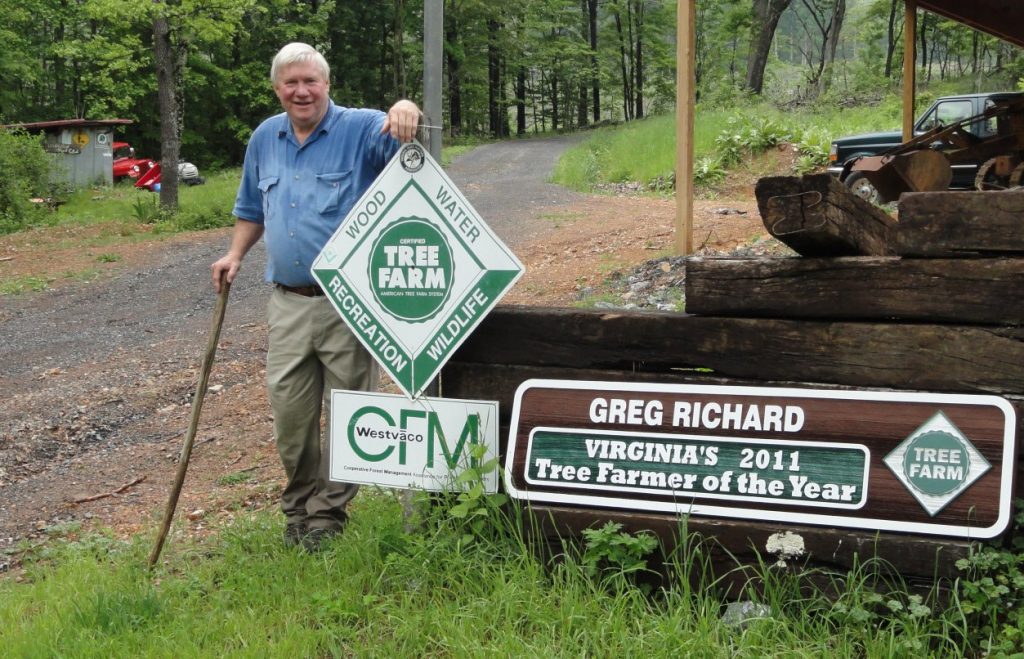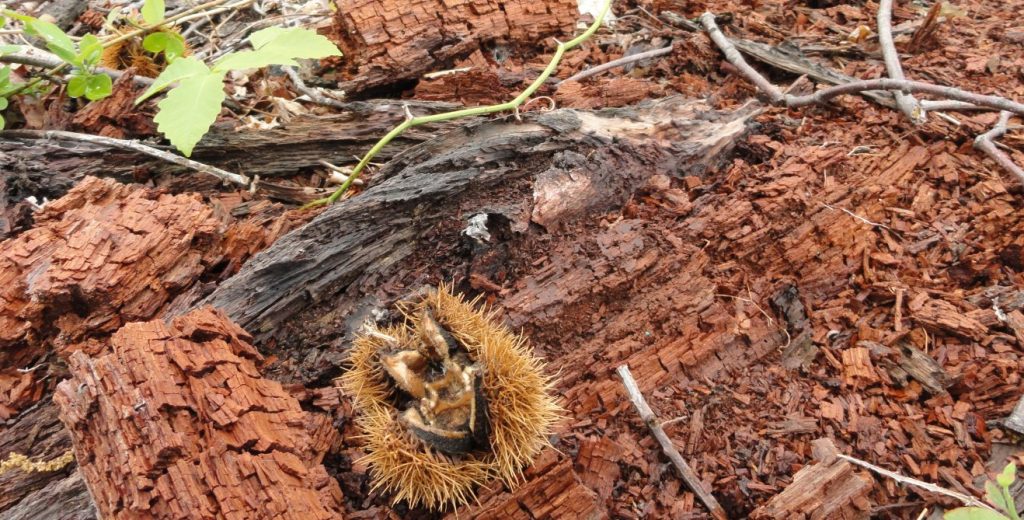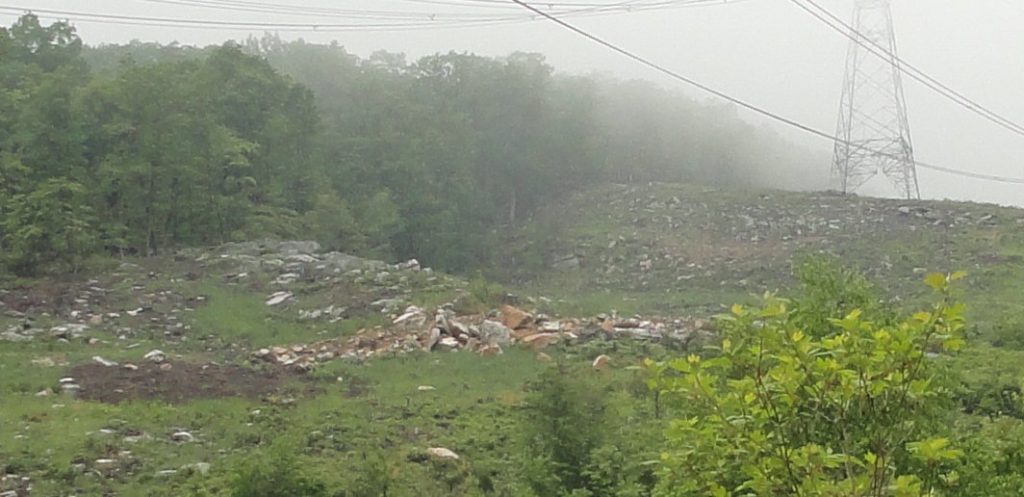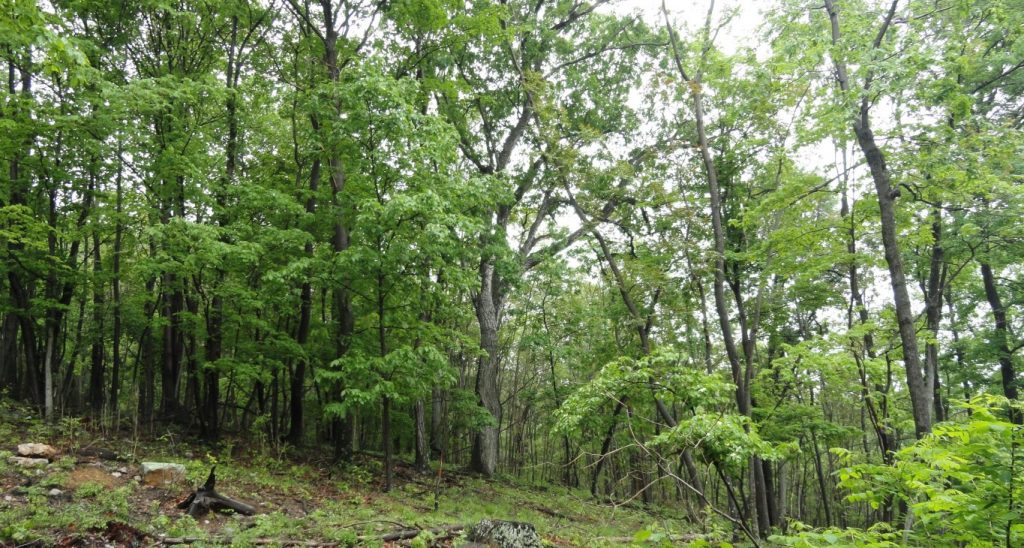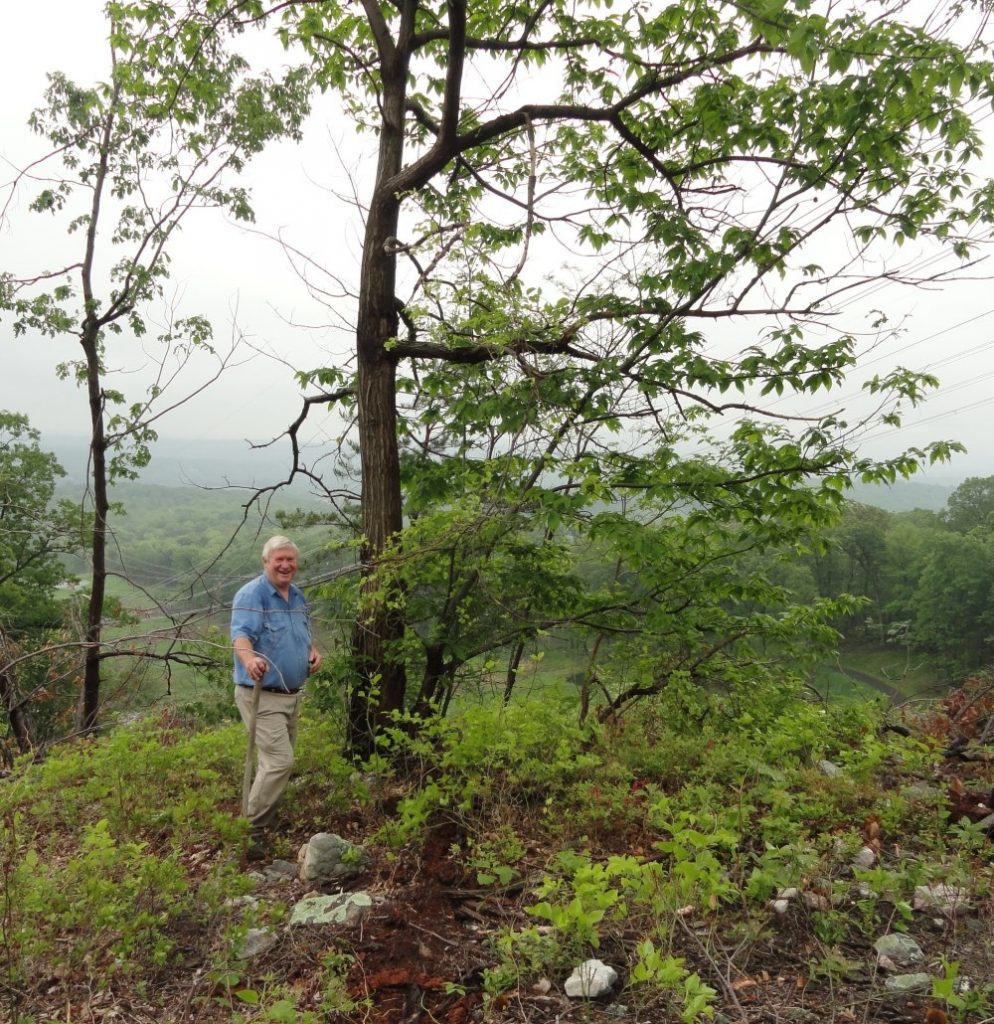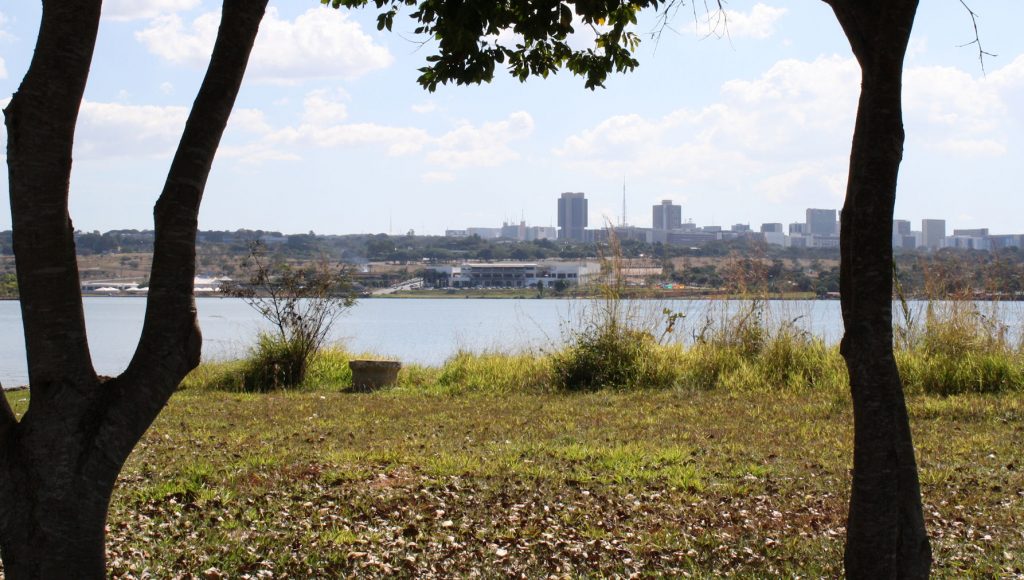
I arrived in Brasilia after the overnight flight on American. I got to go through that new scanning machine. It really is not a good thing. I don’t mind if they see me in my natural form, but the machine is even more sensitive to stuff in your pockets. They gave me a hard time because I forgot to take my little notebook out of my back pocket. Maybe they should just install showers at the airport and make everybody do through them, as they used to do as municipal pools when I was a kid. I also found a note in my gear that they had opened my luggage and inspected it. I pity those guys. Everything in my luggage was reasonably clean, but it might have been a different story on a return trip.
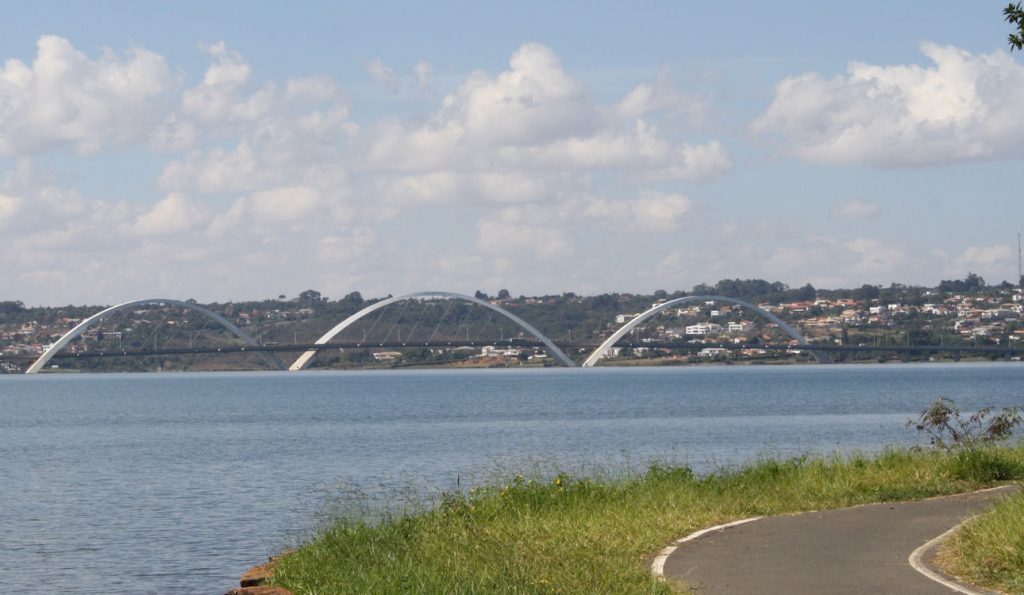
The flight itself was not that uncomfortable because I got into the exit row, with a little more leg room, but discomfort is a matter of degrees when you are flying. The flight left Miami at 11:05 pm and arrived in Brasilia the next morning at 7:15 (losing one hour, since Brasilia in an hour ahead), so it almost exactly overlapped normal sleep time. I slept some, but not too much. But since today was a travel day, I didn’t have to go into work and had a chance to get some rest.
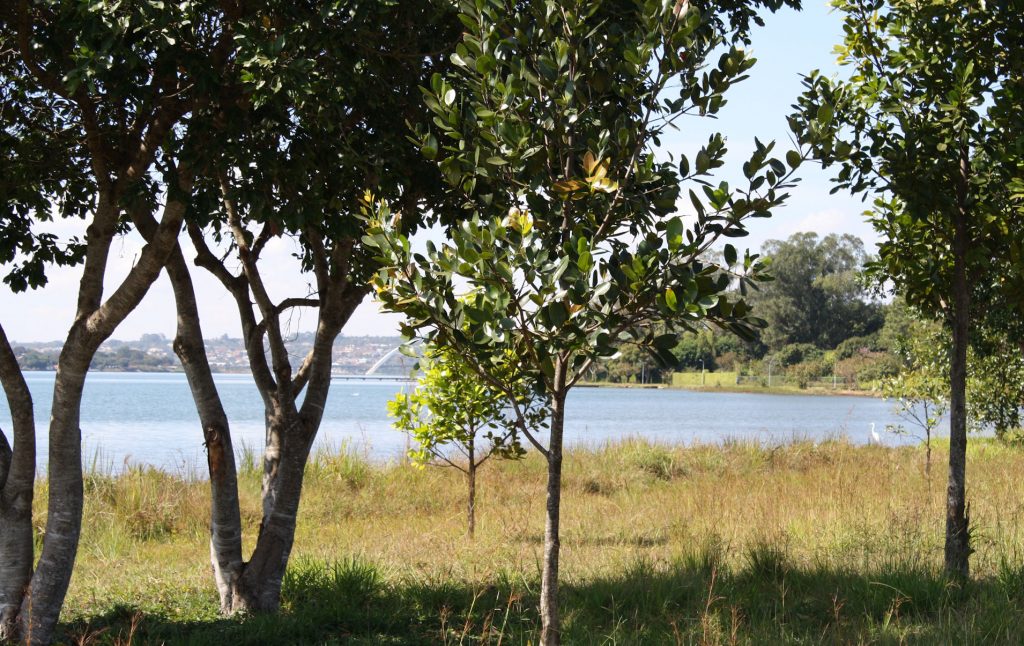
My house is nice with a big back yard. There are a few little good details. For example, some of the outlets are wired for 110, which means I could safely run American appliance. This is less crucial, since I currently to not have any American appliances, but it is nice to know it is there. The place comes with a microwave, but no dishwasher, which will be a bit of a problem. I am not fond of doing dishes and, besides, they are never as clean as the dishwasher makes them.
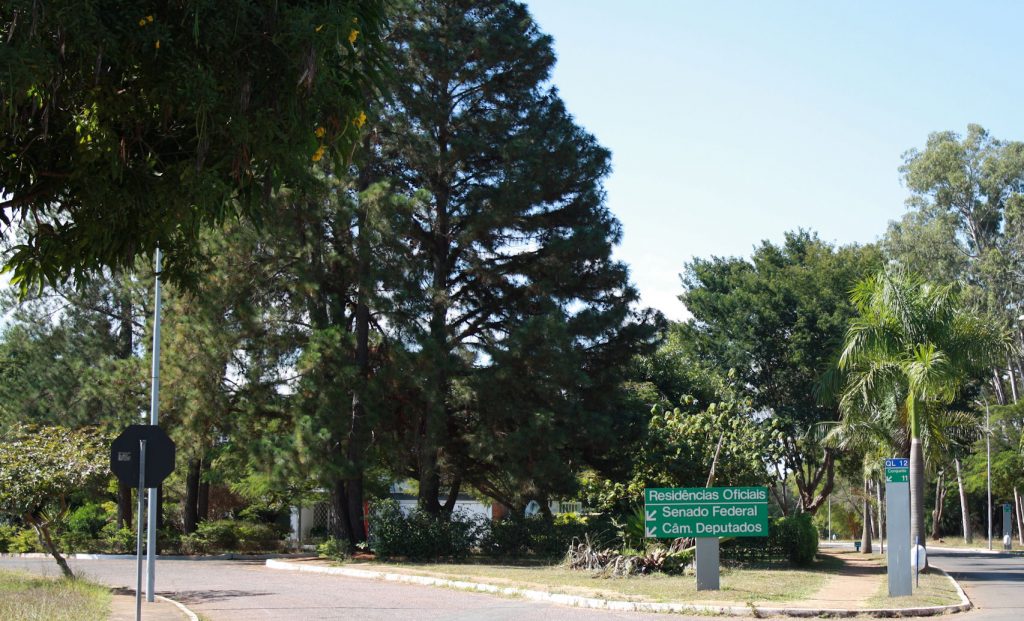
The neighborhood is very pleasant, as you can see from the pictures. All the things you see are within easy walking distance. It is also a safe area, since lots of important politicians live here about. We are protected by a guard both at the entrance to our area, which is also bounded in by Paranoá Lake, usually just called Lago Sul. I took most of the pictures as I walked along a running trail that literally goes right past my house down to the lake and back up the other side. It seems to be around two and a half kilometers round trip. This is less than I usually do, so I figure I can run to one end then turn around and do it backwards, this will get me to five kilometers, about three miles, which is good enough for the routine runs. I am not far from some larger parks, so there is ample room for longer runs.
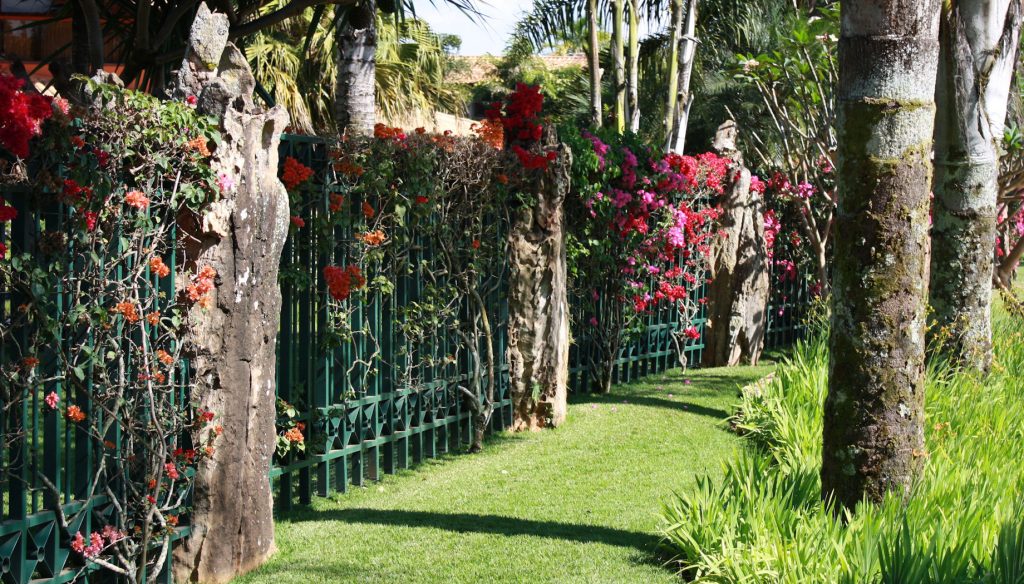
The city is much as I remember it, although there are some very impressive new buildings and lots more cars. The cars are also much better. When we were here twenty-six years ago, there were lots of Volkswagen beetles, locally produced and called Fuscas. They seemed to have a propensity for flip over, much like a real-life beetle, and start on fire. It is good that they are gone. Biking may be a problem. Although there is not much traffic, the roads are narrow and built specifically to facilitate non-stop driving, so there are lots of ramps and turn around, and almost no left turns. These things make it hard for a bike. I saw some people riding and you can see there is a bike trail on the picture below. It doesn’t go everywhere and also notice the drive casually violating it. I will figure something out.
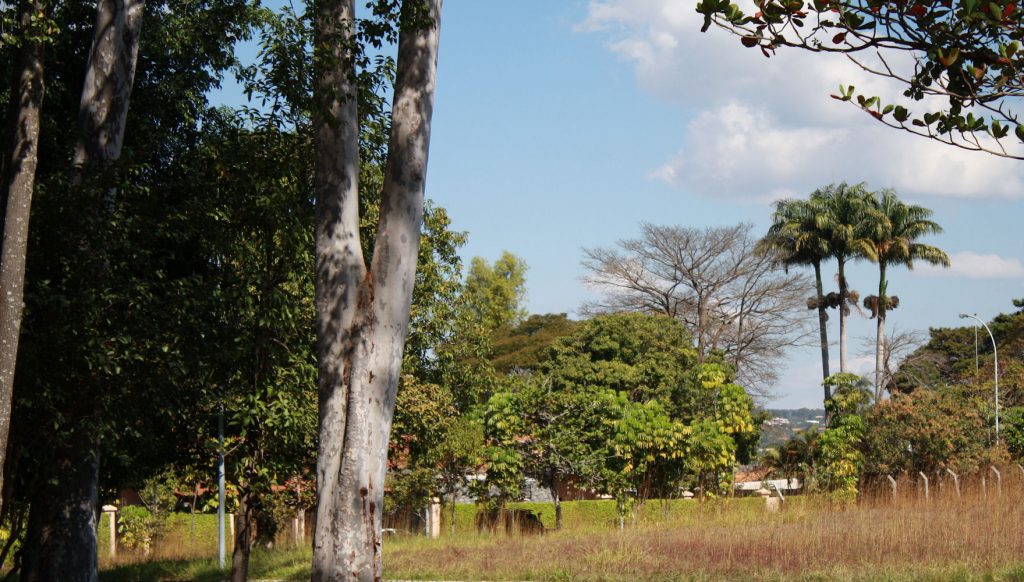
Brasilia was created for the car and still has not compromised very much with the fact that many people around here still do not have cars and others might prefer to walk sometimes. If you are on foot and want to cross the road, you have to wait by the roadside and then run across when there is a break in traffic. The city was designed in the 1950s, when architects and planners were still infected with that socialist planning paradox of flattening and specialization. Each area of the city was designed for a particular activity. There are residential areas, shopping areas, recreation areas, business areas, government areas etc. You are supposed to drive from one specialty areas to the other.

This kind of zoning was popular in the middle of the last century. We suffered from it in the U.S. too. It is the logic that gave us all those housing projects that became such problems. It makes some logical sense to concentrate activities, but it goes against human nature. Most of us do not compartmentalize our lives that way. As I wrote above, it as part of that early-middle 2oth Century belief in planning and perfecting human beings, even if they didn’t like it. Most people really don’t want to be “perfected” & fortunately, human nature has modified the plans, hence my running trail pushing through the residential area and restaurant/shopping that I can walk to, even if I have to make a run for it across the road.

Cities require some planning, otherwise chaos reigns. There are also many things that must be done in a city for the common good. If such things are not planned, they probably won’t get done. But a city is really a living human organism. Planners can and should set initial plans and condition, but after that a city will grow and develop in ways that no planner or group of planners can anticipate. The combined intelligence and information of the people living in the city will always be greater than that of the planners and administrators. I love history. I revere the past and seek to preserve much of its good. But the past is dead. We, the living, must decide which parts to keep and which to shed. We can revere the past w/o being in thrall to ideas and plans that were conceived when people, by necessity, didn’t know as much about what they called the future than what we know as the past. The best planners can do is help create conditions that allow people to make good decisions for themselves. Planners should do their work and then leave, maybe revel in the fact that the people have so much improved on the original design.
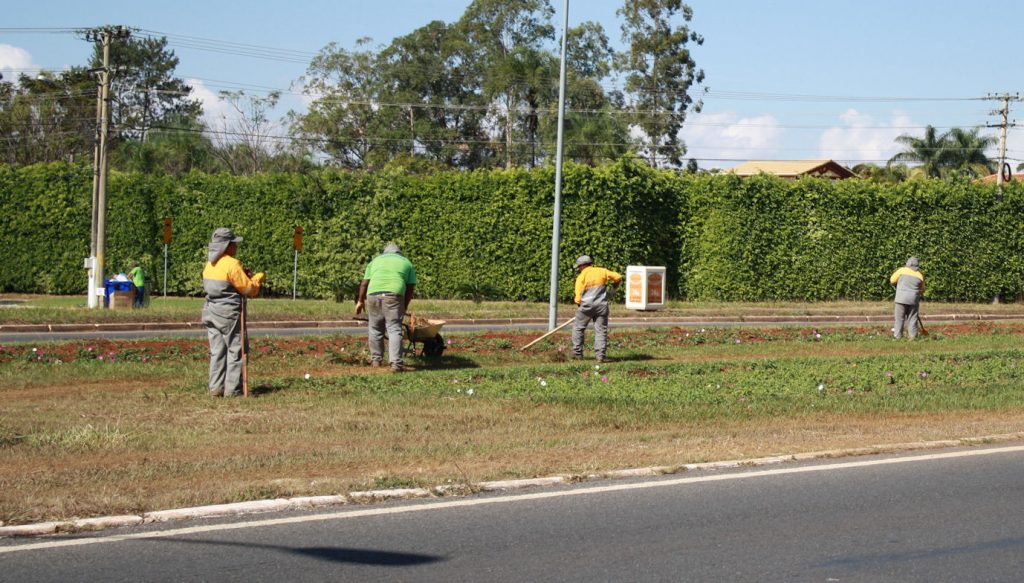
Well, I am finally here in Brazil, the country that some called the perpetual country of the future, but now seems to have created a good present. I look forward to exploring it.
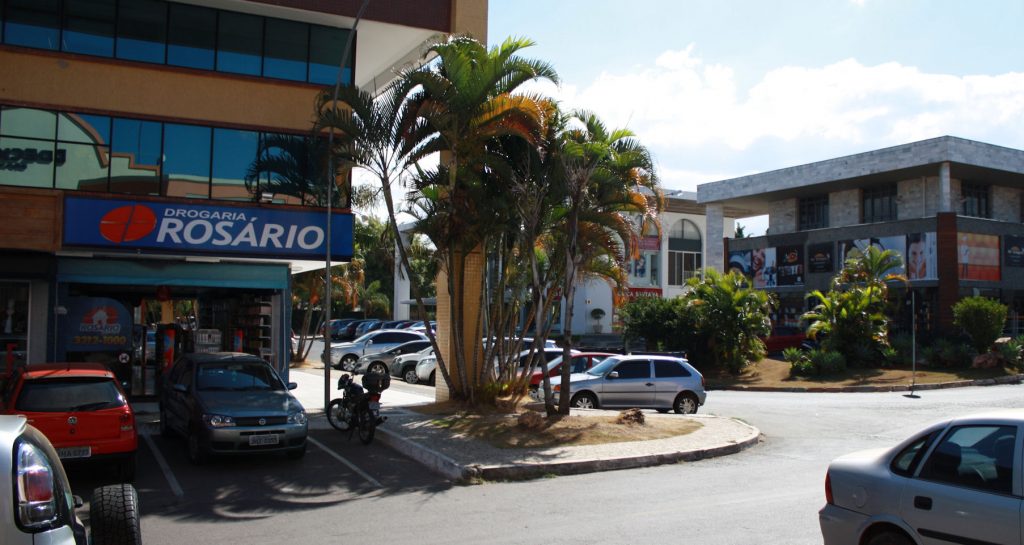
The pictures are all from a walk I took this afternoon. This is my neighborhood, not bad. Everything is still green. As the dry season sets in, most of the natural places will dry out and turn brown. The weather will be monotonously pleasant, sunny with cool nights, warm days, lots of sunshine and no rain for the next couple of months. The cool, dry conditions are deceptive. We are still in the tropics and the sun is powerful. I was reminded of that today. Despite my floppy hat and a low dose sunscreen, I got a little burned walking about two and a half hours in the noon-day sun. I spend a lot of time outside in Virginia and I am moving from Virginia summer to what they call winter down here, but the sun is still stronger.
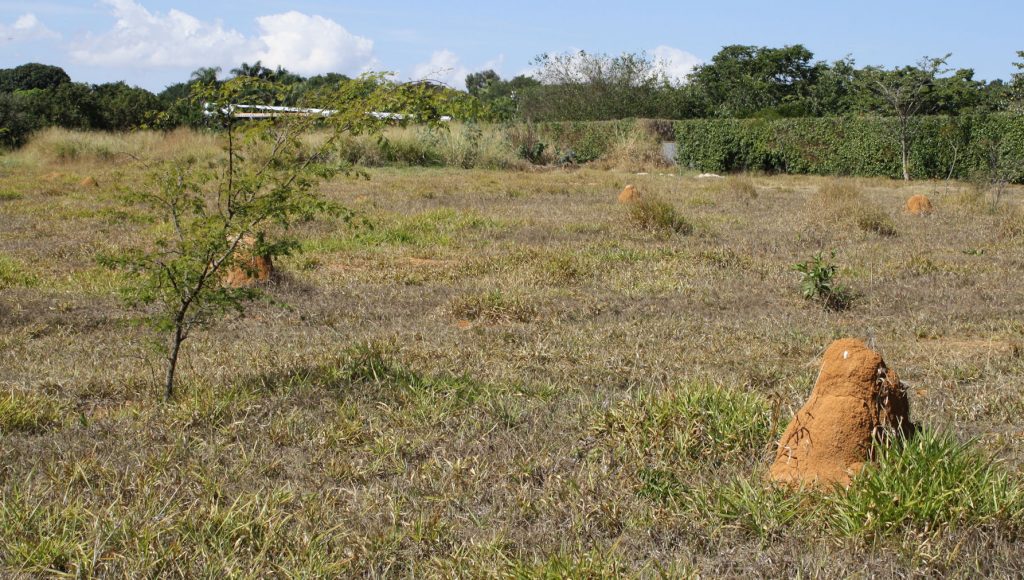
Above is what the place looks like absent improvements. This part of the country was mostly grass and scrub. The rainforests are farther north and the Atlantic forests were farther east. Those are termite mounds in the picture. I like the improved version better, the one you saw in the other pictures and below. I am not sure what kind of pines those are, but all true pines are introduced here from somewhere else. The lake, BTW, is also man made.
